The Role of Navigation Intelligence in Modern Water Activities
How Navigation Systems Enhance Aquatic Adventures
Advanced navigation systems play a crucial role in optimizing aquatic adventures, from sailing and fishing to recreational boating. These systems enhance user experience by providing detailed maps and real-time environmental data. For instance, they enable seamless route planning, allowing individuals to explore new aquatic landscapes with confidence. Through integration with mobile applications, users can plan routes, monitor real-time weather conditions, and receive alerts about potential hazards, ensuring safe and enjoyable experiences on the water. Studies indicate that navigation intelligence significantly improves both safety and enjoyment of aquatic activities. According to data from various maritime safety organizations, the use of these systems has led to a decrease in accidents and an increase in user satisfaction, underscoring their importance in aquatic adventure pursuits.
Key Technologies Powering Smart Watercraft
Smart watercraft rely on a combination of key technologies such as GPS, sonar, and satellite communications, which are fundamental to improving accuracy and reliability in navigation. GPS technology provides precise positioning, while sonar systems offer underwater awareness, essential for avoiding obstacles. Satellite communications ensure consistent connectivity, even in remote aquatic locations. Emerging technologies like autonomous navigation systems and machine learning algorithms further advance decision-making capabilities, allowing watercraft to adaptively respond to environmental changes. This integration of advanced technologies has contributed to the growth in navigation intelligence, as evidenced by industry reports. Maritime technology experts highlight a significant market expansion, driven by these innovations, which promise to usher in new levels of safety and efficiency in aquatic navigation.
Advanced Safety Features in Intelligent Watercraft
GPS Integration for Precise Route Tracking
GPS integration in watercraft provides precise route tracking, playing a crucial role in enhancing navigation efficiency and safety. The synergy between GPS technology and onboard systems ensures that watercraft operators can meticulously monitor their position, reducing the chances of getting lost in vast or remote water environments. Constant satellite communication enhances positional accuracy, which is vital when navigating challenging waters where conventional methods might fail. According to maritime safety organizations, the introduction of GPS technology has led to a significant reduction in maritime accidents, highlighting its importance in this domain.
Collision Avoidance Systems in Electric Boats
Collision avoidance systems are vital in enhancing the safety of electric boats by utilizing sensors, cameras, and radar. These systems work by detecting nearby obstacles and automatically adjusting the path of the watercraft, thereby minimizing the risk of collisions. The increased regulatory requirements for safety features in watercraft are prompting manufacturers to integrate advanced technologies to meet standards. This proactive safety approach is effective, as evidenced by accident statistics that show a substantial decrease in collision incidents on waterways equipped with these systems. As safety becomes a paramount concern, the adoption of these systems in electric boats will likely continue to grow.
54km/h Electric Catamaran: Speed
The 54km/h 2 Person Water Mini Small Yacht Catamaran is an exhilarating and environmentally friendly option for water sports enthusiasts looking for speed and stability. Capable of reaching speeds up to 54 kilometers per hour, this electric-powered catamaran offers a thrilling ride for both kids and adults alike. Its modern and sleek design not only provides a striking appearance on the water but also promotes efficient navigation and stability, crucial for a smooth ride.
Advanced navigation systems are integrated into this electric catamaran, enhancing the user experience with features like speed tracking and optimal routing. These systems offer real-time performance data, ensuring a safe, efficient, and exciting experience for water sports enthusiasts. Its electrical power source offers an eco-friendly alternative to traditional fuel-powered boats, delivering an exhilarating ride without the environmental impact.
54km/h 2 Person Water Mini Small Yacht Catamaran Kids Speed Rc Ships E-Boat Karting Pedal Boat Electric
Our all-new 54km/h 2 Person Water Mini Small Yacht Catamaran offers a thrilling and exciting addition to your aquatic adventures. This high-speed RC ship is designed for both kids and adults, offering a unique and exciting boating experience. With its impressive speed of 54km/h, it's sure to provide hours of fun and excitement. The electric-powered catamaran boasts a sleek and modern design, making it stand out on water...
Havospark Jet Ski: Luxury Performance
The Havospark New Water Sports Fiberglass Small Boat Jet Ski is crafted for those who seek luxury coupled with high-performance on the water. Its sleek fiberglass body not only ensures durability and corrosion resistance but also provides a stylish aesthetic that turns heads. This jet ski is particularly appealing to water enthusiasts who value both performance and elegance, offering a premium experience that enhances every adventure on the water.
With integrated navigation systems, this jet ski allows riders to explore vast aquatic regions with confidence and safety. The navigation systems are designed to work seamlessly with the electric jet pump drive, allowing users to make precise speed and direction adjustments with ease. The blend of luxury performance with advanced navigation features promises an exhilarating and safe ride, no matter the distances or turns along the vast aquatic routes.
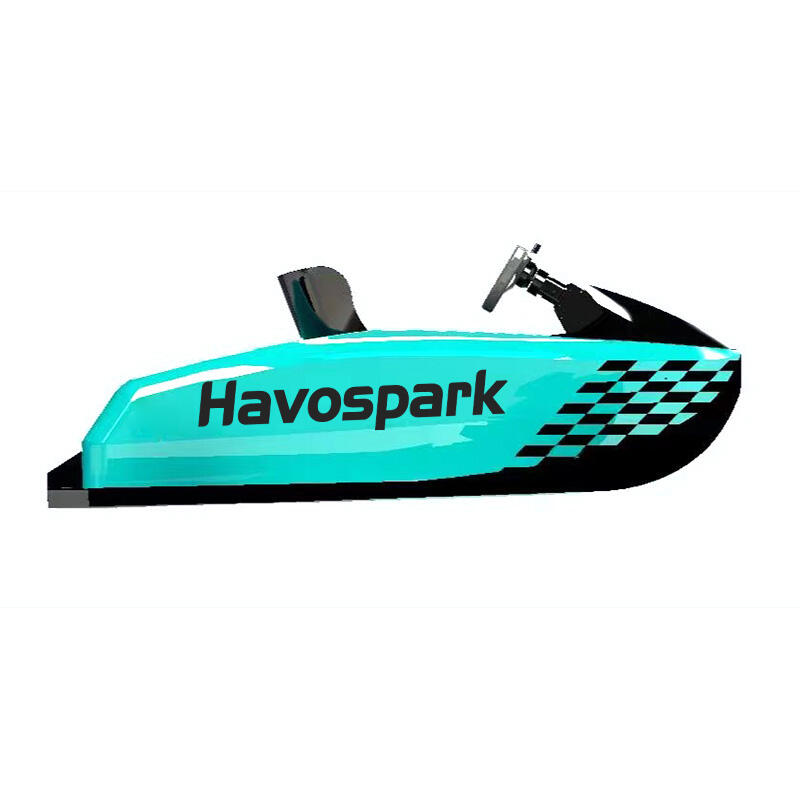
Havospark New Water Sports Fiberglass Small Boat Jet Ski Electric Jet Pump Drive with Controller Luxury Yacht Boats for Jet Boat
The Havospark New Water Sports Fiberglass Small Boat Jet Ski is the epitome of luxury and innovation for water sports enthusiasts. It features a sleek, lightweight fiberglass body that ensures durability and enhanced performance on water. Coupled with a powerful electric jet pump drive and user-friendly controller, this jet ski offers an exhilarating and smooth ride, perfect for exploring vast aquatic areas safely.
OEM Mini Electric Surf Boat: Compact Versatility
The OEM Mini Electric Surf Jet Boat is the epitome of compact versatility, catering to anyone who enjoys water activities in smaller bodies of water. Its compact design ensures easy handling and transport, making it an excellent choice for a day of fun at the lake or a convenient option for water enthusiasts with limited storage space.
This mini electric surf boat is not just about size; it's empowered by a high-performance electric motor that offers a thrilling and efficient ride. The electric propulsion makes it environmentally friendly with zero emissions, suitable for eco-conscious boaters. Additionally, its versatile design allows for a variety of activities, from fishing to casual cruising or even surfboarding, providing an adaptable watercraft experience.

New OEM Discounted Mini Electric Fish Jet Ski Boat Electric Surf Jet Boat
The Mini Electric Surf Jet Boat is designed with cutting-edge technology for a spectacular water experience. Its compact form factors make it easily maneuverable, and perfect for tight spaces and convenient transportation. The high-performance electric motor not only provides a powerful ride but also ensures a clean and quiet experience without harmful emissions. This versatile vessel is ideal for fishing, cruising, and even surfing adventures on various waterbodies.
Ternary Lithium Battery Speed Boat: Eco-Friendly Thrills
The Small Speed Boats Ternary Lithium Battery Luxury Yacht offers an exhilarating yet environmentally friendly boating experience. Equipped with a robust ternary lithium battery, this speed boat delivers extended runtime and rapid charging capabilities. It's designed for thrill enthusiasts seeking an eco-conscious way to enjoy high-speed water adventures without compromising on performance. The presence of an advanced navigation system further adds to the boat's charm by providing features like precise speed management, route optimization, and battery monitoring, all of which enhance journey planning significantly.
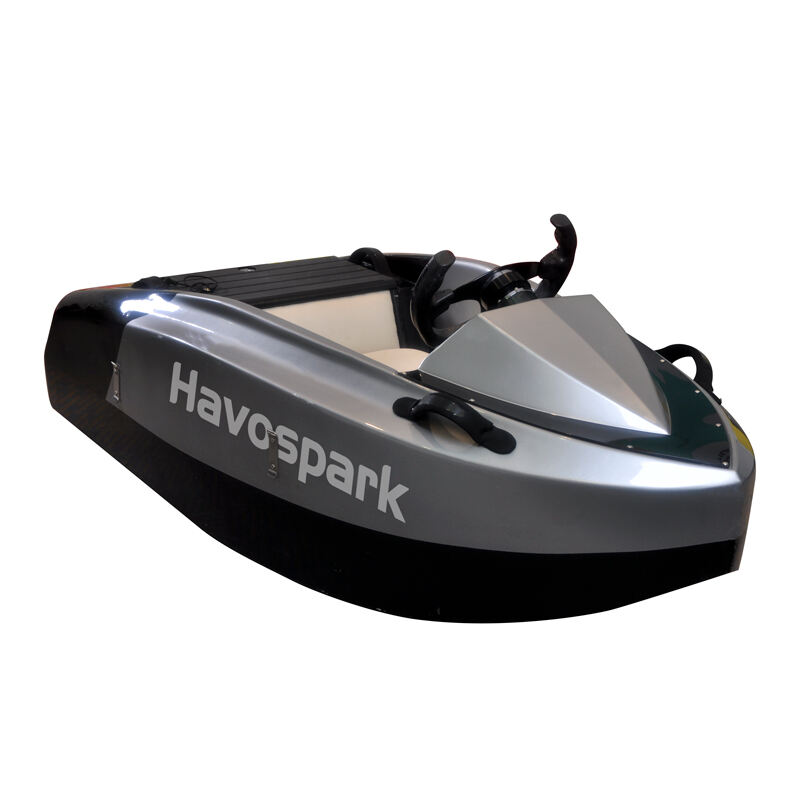
Small Speed Boats Ternary Lithium Battery Luxury Yacht Kids Mini Electric Boat For Water Sports Mini Jet Boat With Engine
Discover unparalleled speed and agility with our Small Speed Boats equipped with a Ternary Lithium Battery. This miniature powerhouse combines luxurious design with high performance, capturing the thrill of a speed boat in a compact form. Perfect for eco-conscious water sports enthusiasts, the energy-efficient battery ensures longer run times with rapid recharging capabilities, enabling continuous fun and exploration on the water...
Vapor Underwater Scooter: Deep-Dive Exploration
The Vapor Underwater Scooter takes deep-sea exploration to new depths with its impressive performance and advanced features. Designed for adventurers and diving enthusiasts, this innovative scooter allows exploration up to a remarkable depth of 40 meters. With a motor power of 3000W and a runtime of 60 minutes, it is equipped to offer thrilling underwater experiences. Its navigation features enhance underwater orientation, ensuring that users can explore confidently and safely.
Navigation intelligence in the Vapor Underwater Scooter plays a critical role in user safety during deep dives. By combining real-time data on underwater currents and depths, the scooter allows users to navigate safely and efficiently, minimizing the risk of disorientation. Additionally, its maximum speed of 10 km/h provides a balance of both adventure and caution, allowing for controlled exploration of underwater terrain without compromising safety.
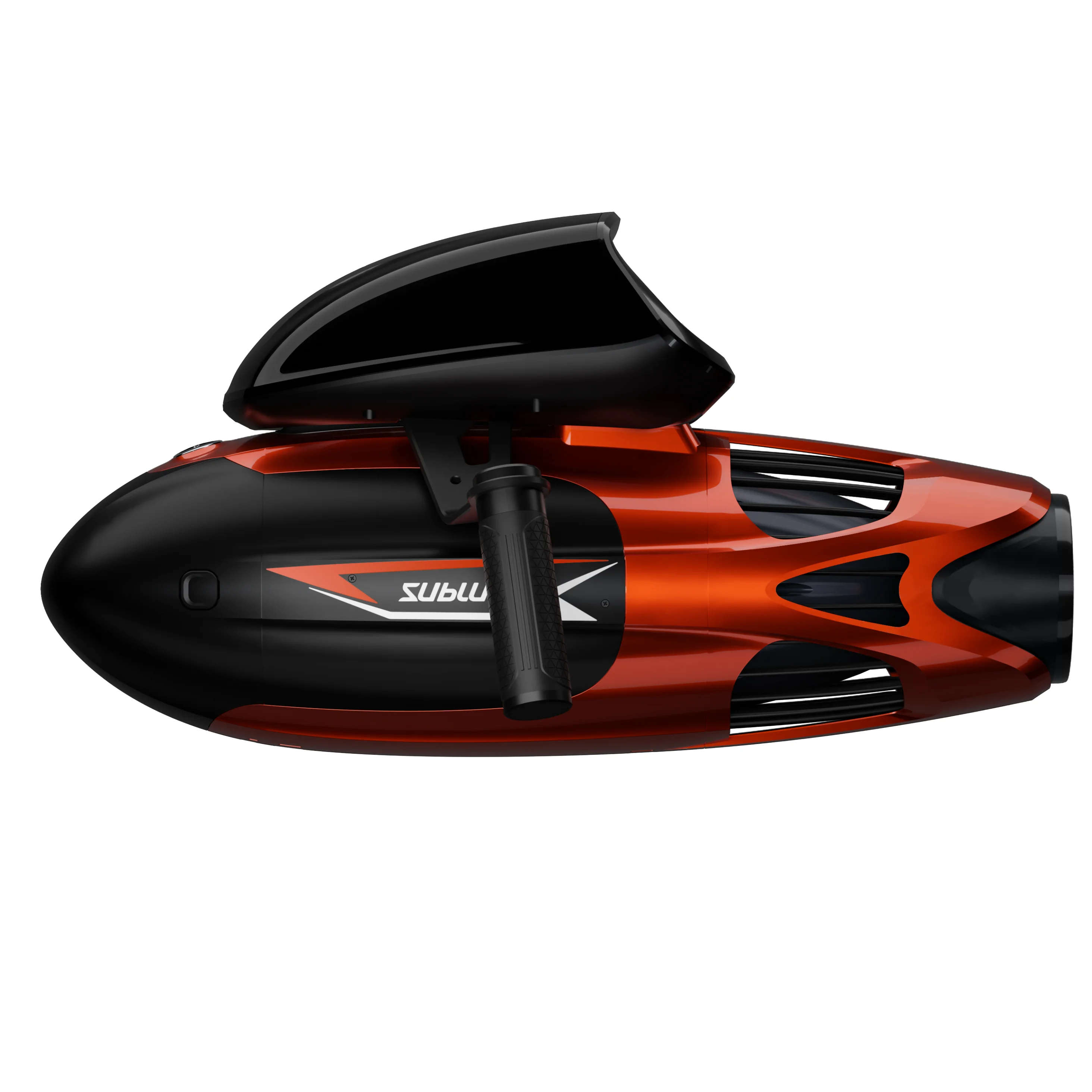
Electric Underwater Scooter Vapor Water Scooter with Maximum Depth 40m and Weight 8.6kg
The Vapor underwater scooter is engineered for exhilarating deep-sea exploration, featuring a 3000W motor and a runtime of 60 minutes. Its advanced navigation features aid in a safe and straightforward underwater journey, delivering real-time data on depth and underwater currents for a seamless subaquatic adventure.
Future Trends: AI-Driven Navigation Systems in Aquatic Sports
Predictive Routing for Optimal Water Conditions
AI-driven navigation systems are set to revolutionize how athletes engage with aquatic sports by offering predictive routing based on real-time water conditions. These systems analyze data such as water currents, weather patterns, and tides to determine the most efficient routes for swimmers, sailors, and other water sport enthusiasts. This advancement not only enhances performance but also boosts safety by avoiding adverse conditions. Looking ahead, further developments in AI could lead to even more sophisticated navigation strategies, incorporating machine learning algorithms that continuously adapt to changing environments. This could dramatically transform how athletes plan and execute their aquatic adventures.
Integration with Wearable Aquatic Tech
The future of aquatic sports also involves the integration of navigation intelligence with wearable technology. These advancements enable real-time tracking, allowing users to monitor their performance metrics such as speed, distance, and even physiological data like heart rate. By providing comprehensive data analytics, athletes can tailor training programs to enhance their performance while ensuring safety. This integration has the potential to redefine aquatic sports, offering a more interactive and informed experience for all participants. As wearable tech becomes more advanced, we might see it being embedded within swimwear or goggles, making such integrations seamless and unobtrusive.
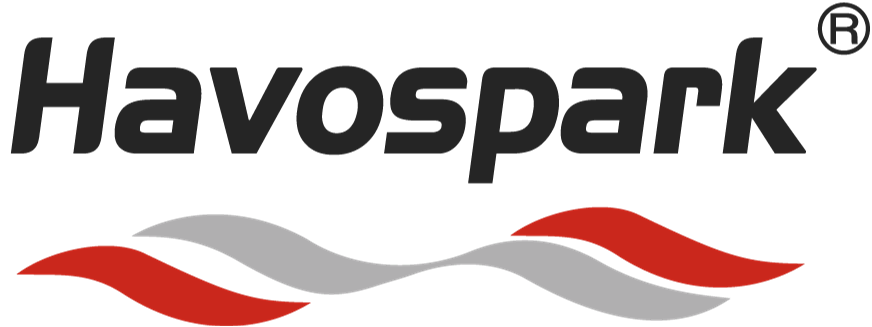




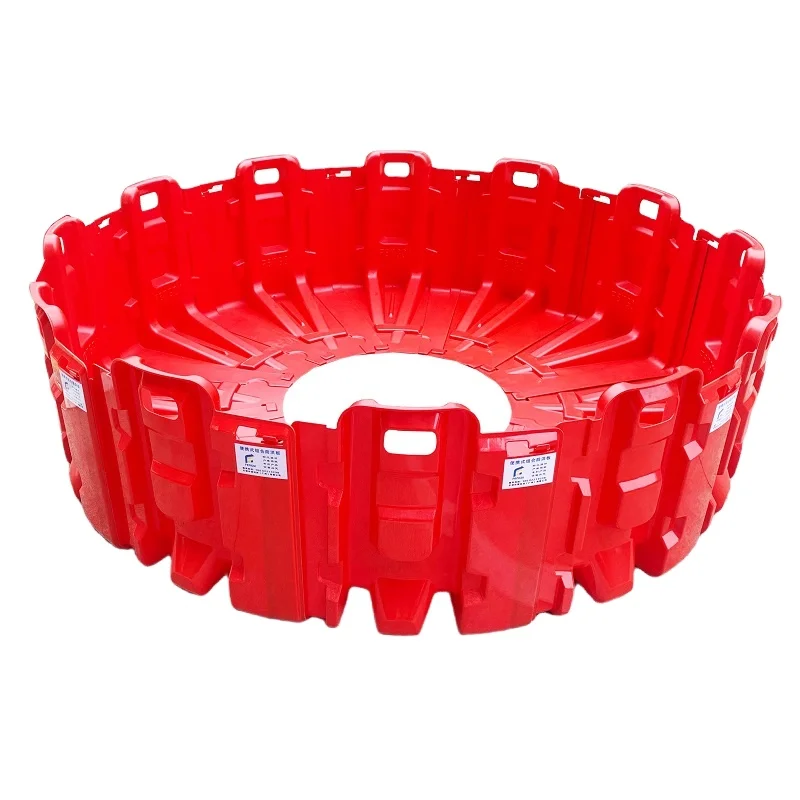
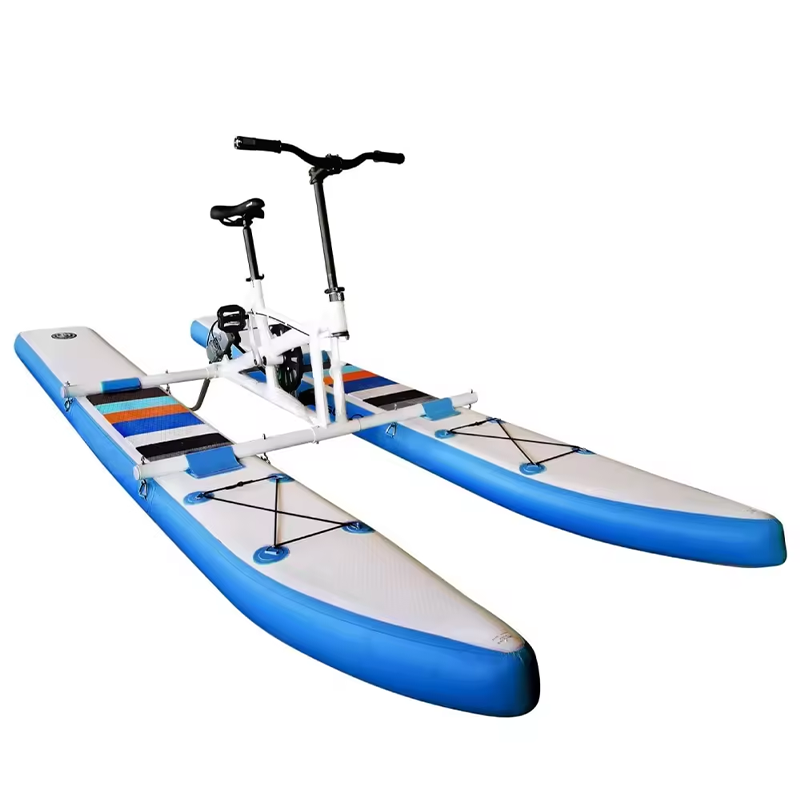
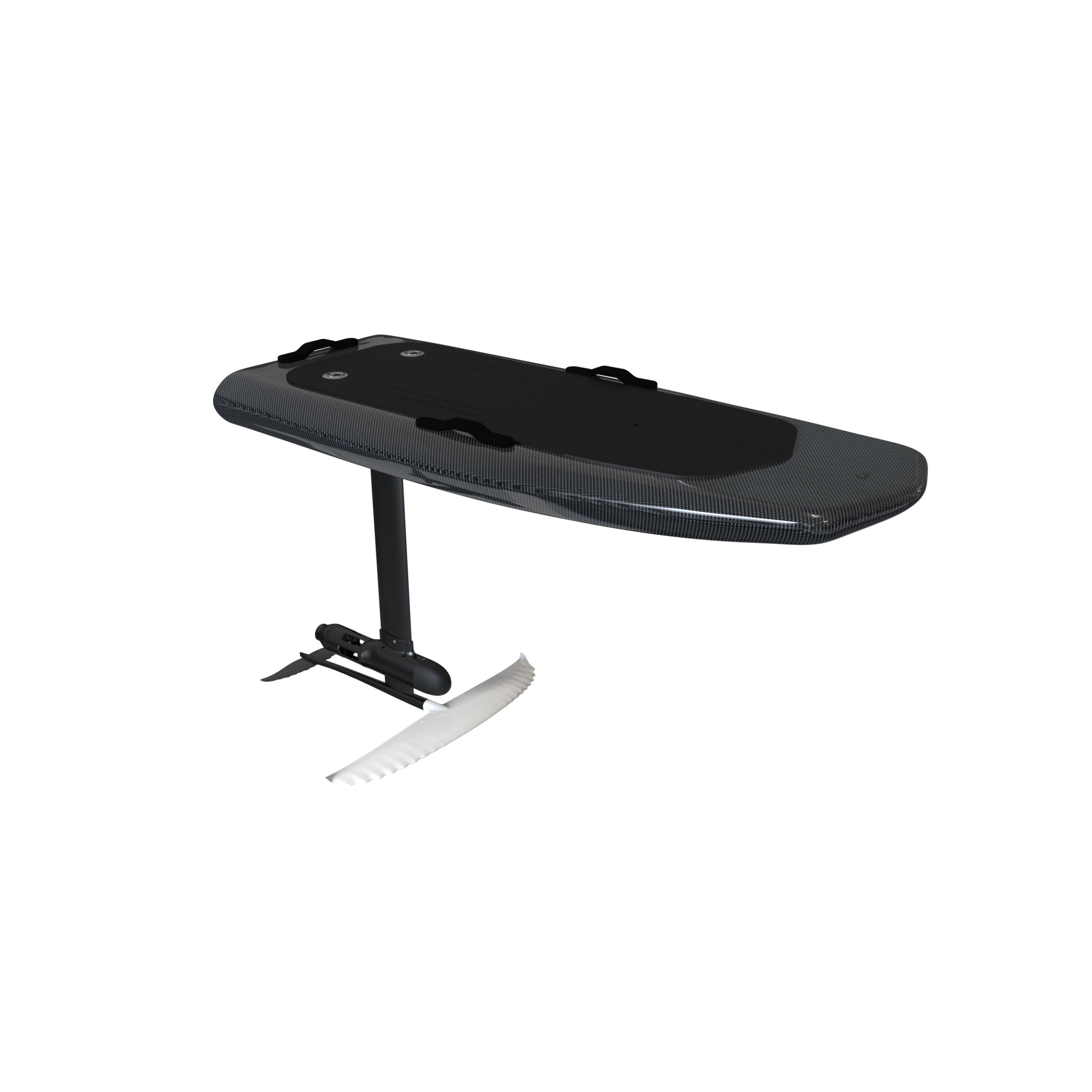
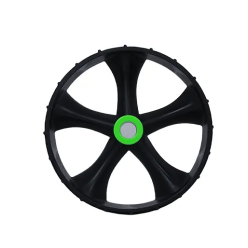
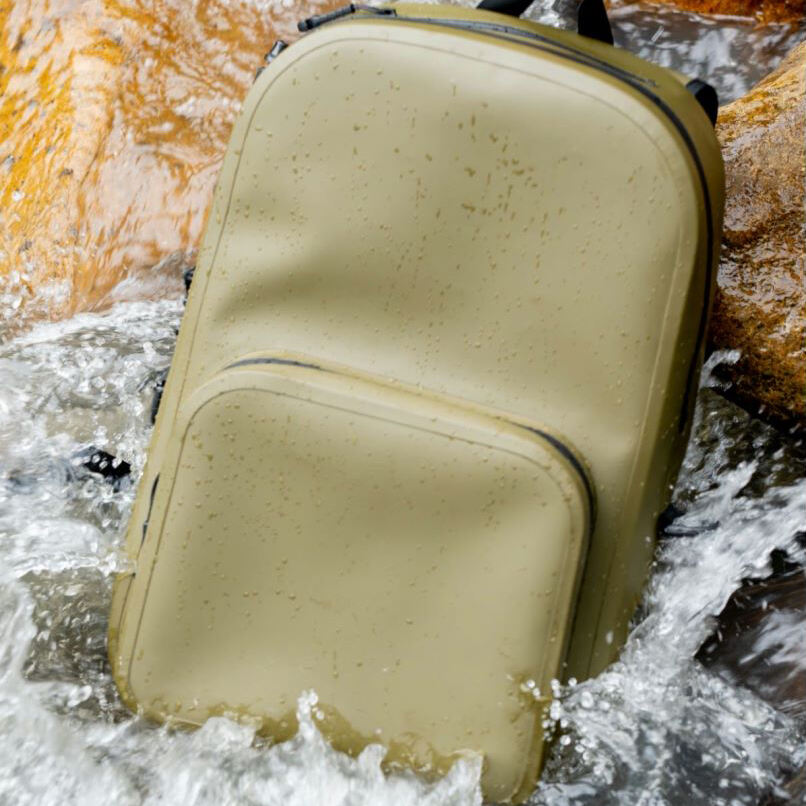
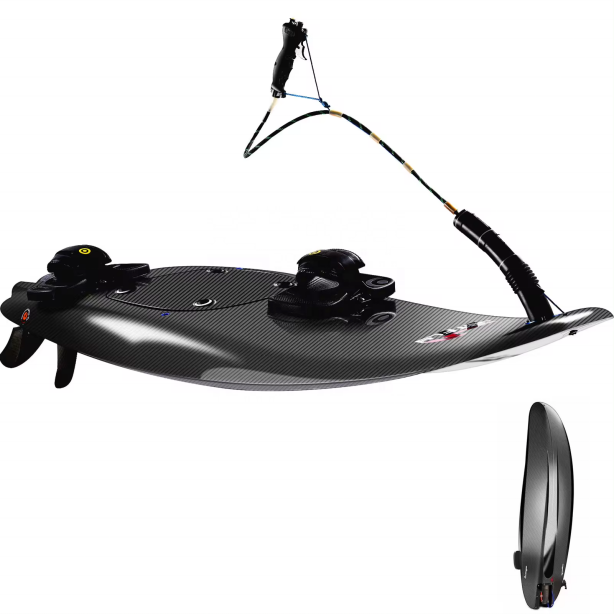
 Hot News
Hot News
